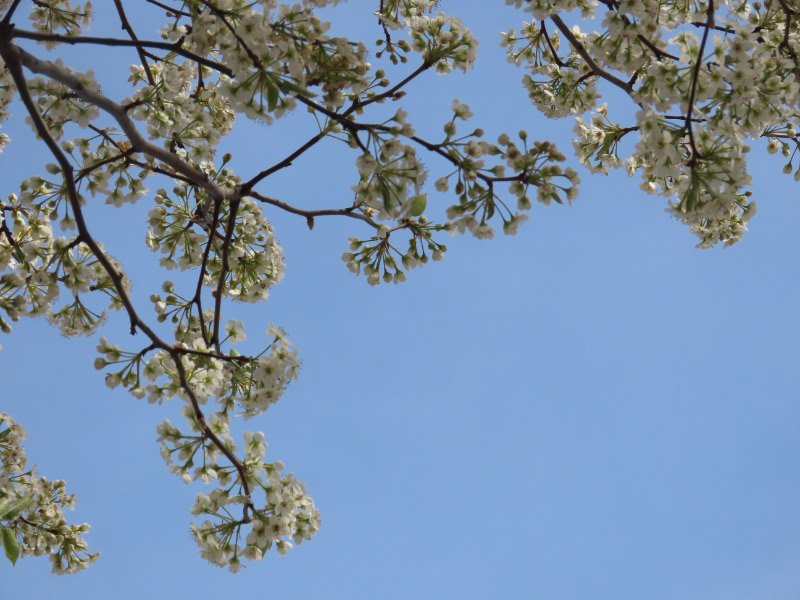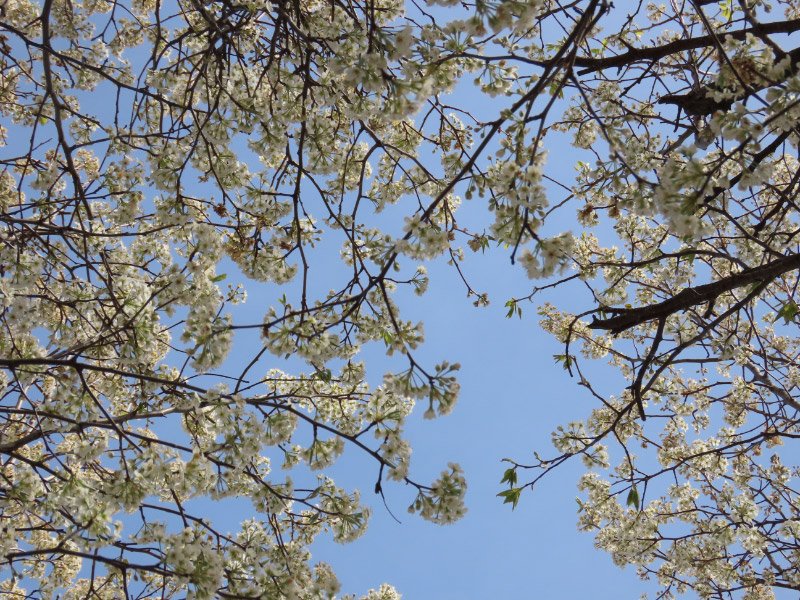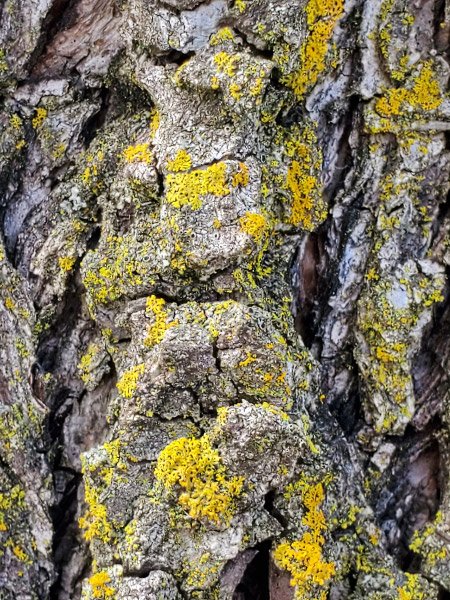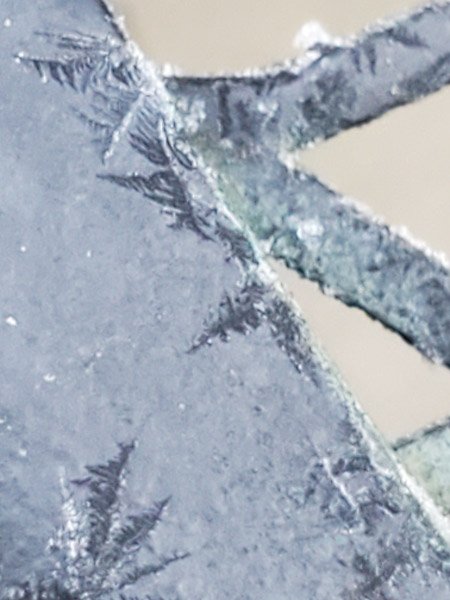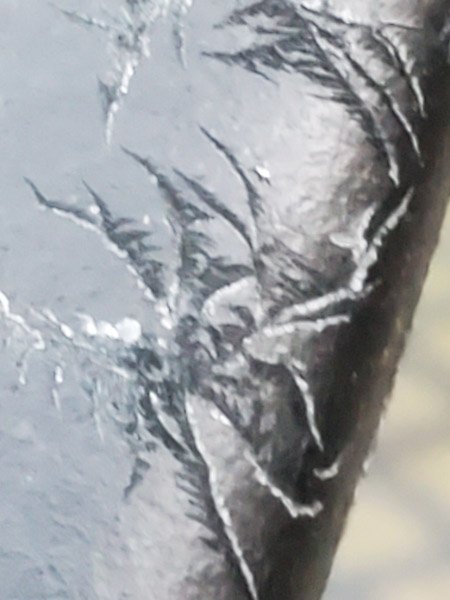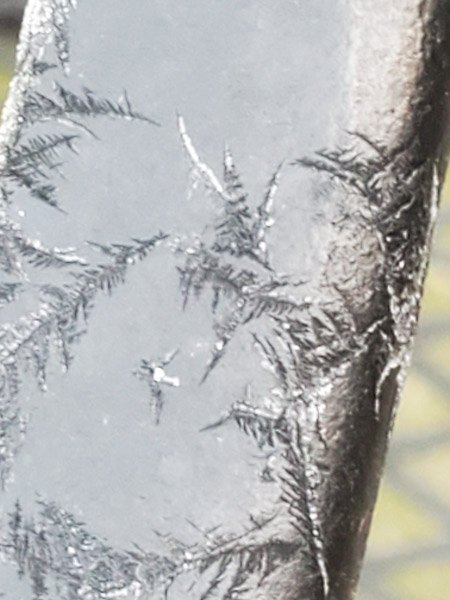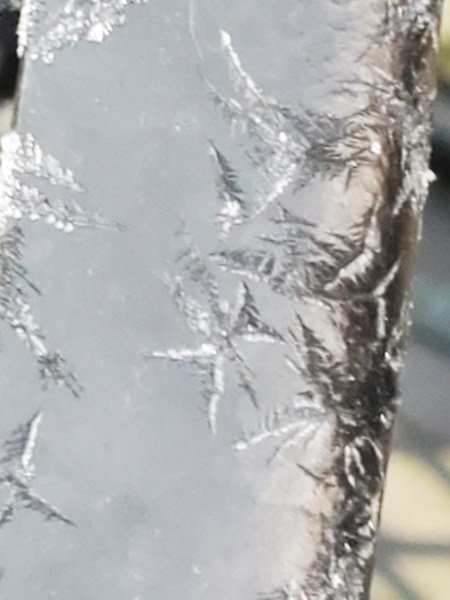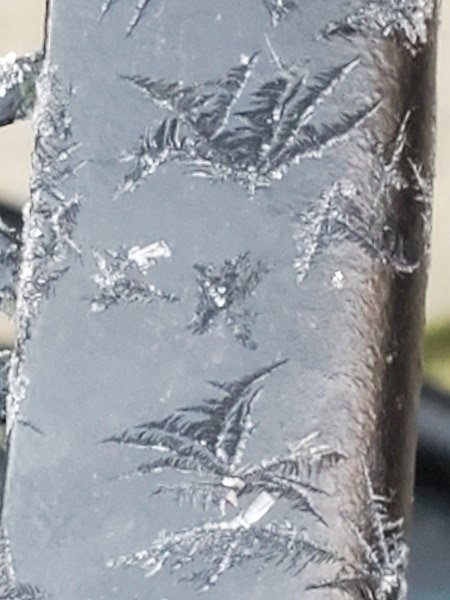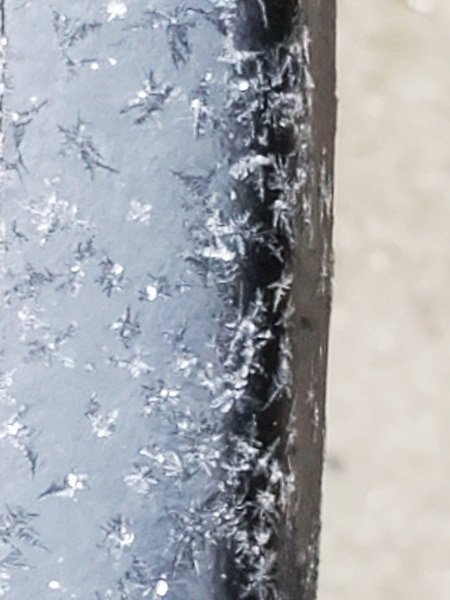Frost Patterns
/On one of the mornings I had an early Physical Therapy appointment, the temperature was in the teens and sunny. When I parked, I noticed the car parked next to me had frost on all its non-vertical surfaces. I couldn’t resist taking a few pictures with my phone!
A little magnification made the variations in the crystals more visible. Some looked like feathers, others like brittle stars from the sea. In some places the crystals had become so dense that they became an aggregate. The sun was beginning to melt some of the crystals; I thought about why some areas were melting and others were not.
A few seconds of photography and I hurried into the building feeling grateful for the little bit of creative time – one of my favorite ways to start the day.










